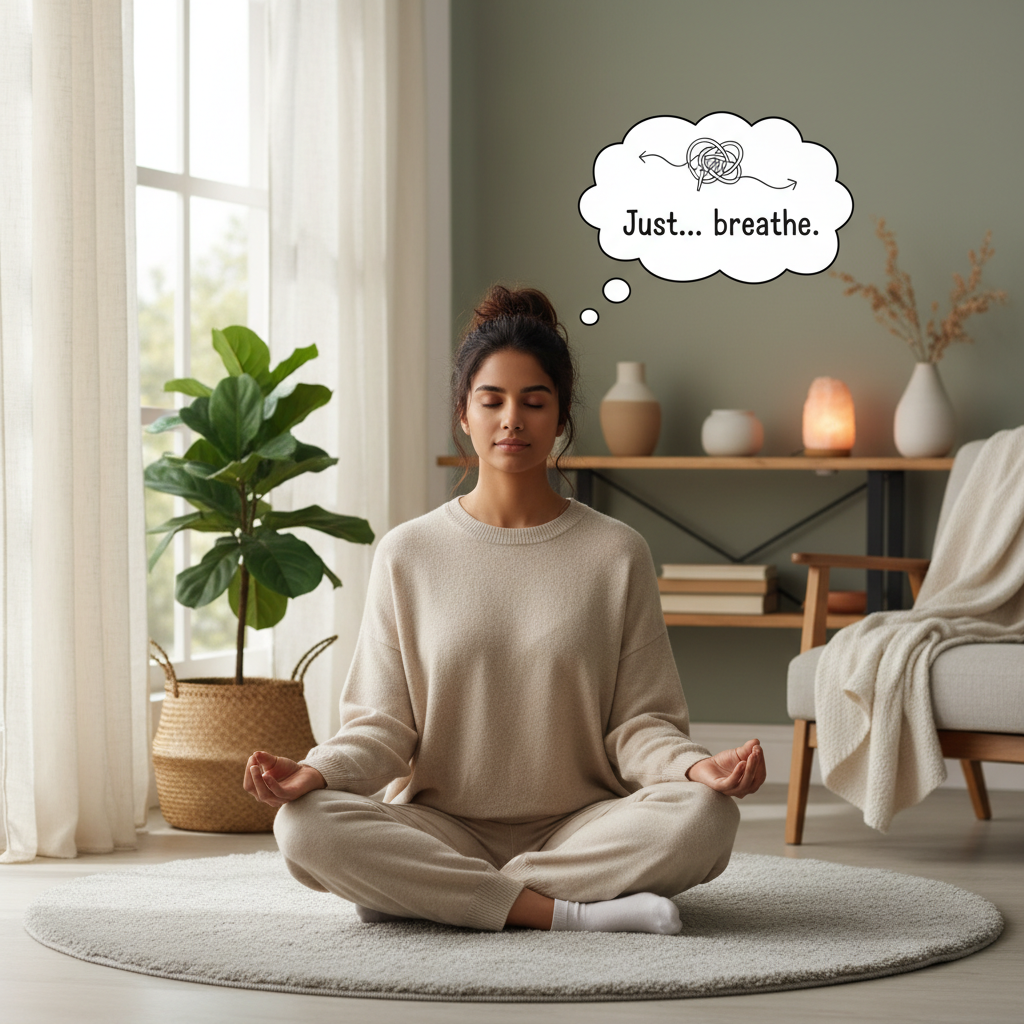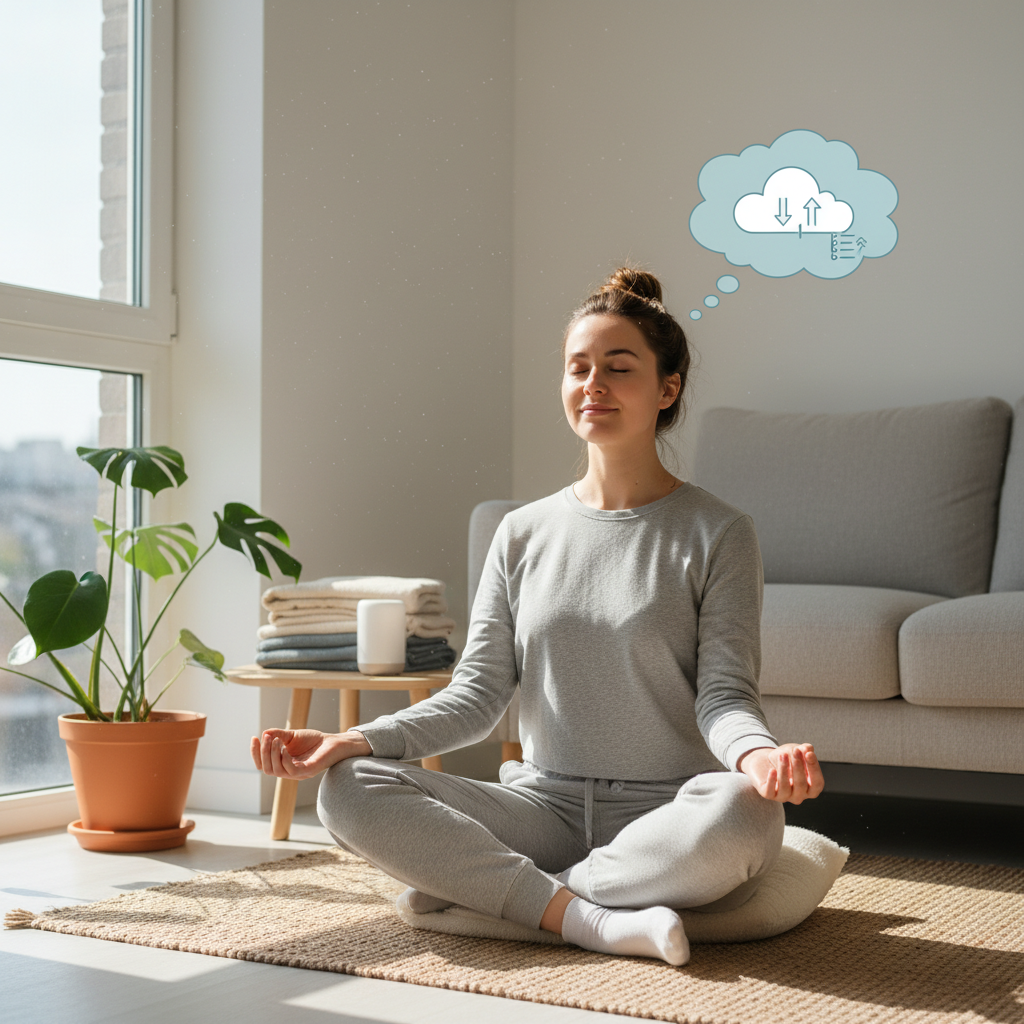Mindfulness Activities for Beginners: Your Easy Guide

Introduction to Mindfulness Activities
Mindfulness activities for beginners can feel overwhelming at first. When I first began exploring mindfulness, terms like “detachment” and “empty the mind” seemed like navigating a confusing jargon jungle. The truth is, the mind is like a cluttered room that won’t tidy itself instantly. But by embracing simple techniques like mindful breathing and walking — essentially noticing your breath and walking as if starring in a nature ad — mindfulness became my essential tool for maintaining calm during busy days. If you’re just getting started, this guide outlines easy activities that won’t overwhelm your brain.

Best Mindfulness Activities for Beginners
Contrary to popular belief, mindfulness doesn’t require hours of seated meditation chanting “Om.” Starting small with low-pressure, engaging exercises can make mindfulness accessible and enjoyable. Here are my top five mindfulness activities for beginners that even kids find approachable.
1. Mindful Breathing Techniques
Find a comfortable spot—whether a chair, the floor, or anywhere you can relax. Close your eyes or soften your gaze. Bring your attention to your breath, noticing it without forcing or changing it. Feel your belly rise and fall gently like a buoy on water.
Note: Your mind will wander — gracefully acknowledge it and gently refocus on your breathing. Start with just 2–5 minutes, like a gentle stretch for your brain.
Pro tip: Experiment with the 4-7-8 breathing method — inhale for 4 seconds, hold for 7, exhale for 8, repeat four times for instant calm.
2. Body Scan Meditation for Mindfulness
Lie down or sit comfortably. Slowly bring your attention from your toes up to your head, noticing sensations without judgment. This self-inventory helps you identify areas of tension or ease and encourages deep relaxation. Plus, it’s the perfect guilt-free reason to lie down and relax.
3. Mindful Walking Exercise
Mindful walking is an excellent alternative if sitting still isn’t for you. Slow your pace to savor each step, noticing your feet touching the ground and the rhythm of your legs. Engage your senses by recognizing bird songs, nature’s scents, or the breeze on your skin.
This activity is handy for those moments when stillness feels like a challenge.
4. Mindful Eating Practice
Before rushing through your meal, pause and observe your food closely. Notice its colors, aroma, and texture. Eat slowly and intentionally—put down your fork between bites. This practice enhances taste and digestion, transforming meals into mindful experiences.
5. The Five Senses Grounding Exercise
Interrupt your current task to ground yourself: identify one thing you see (bonus if not a screen), one thing you hear, feel, smell, and taste. This simple method instantly centers you in the present moment.

Tips for Mindfulness Beginners
Embarking on mindfulness journey requires patience and a gentle approach. Here are practical tips to ensure a successful start:
- Start Small: Even 1–2 minutes daily builds momentum. Consistency is key over long, overwhelming sessions.
- Be Nonjudgmental: It’s normal for your mind to wander. Gently bring focus back without frustration.
- Anchor to Routine: Incorporate mindfulness during daily habits like brushing your teeth or waiting in line, maximizing your time.
- Create Comfort: No need for a special yoga space—find a quiet nook, wear comfy clothes, and maintain a relaxed posture.
- Use Guided Meditations: Apps like Calm or Insight Timer offer expert guidance when motivation wanes.

Why Mindfulness Works for Me
Family gatherings once felt like survival challenges fraught with stress. Practicing mindful breathing before and after events became my secret weapon, helping me stay calm and enjoy the moments rather than reacting to tension. This practice also improved my sleep and reduced anxiety. Friends who joined me on mindful walks discovered its benefits and embraced mindfulness too.
To dive deeper into mindfulness practices and their benefits, check out our deep dive into mindfulness.
FAQ: Mindfulness Activities for Beginners
- How long should I practice mindfulness each day?
- Start with just 1–5 minutes daily. Consistency matters more than duration.
- Can I do mindfulness exercises anywhere?
- Absolutely! Whether commuting, waiting in line, or relaxing at home, mindfulness fits anywhere.
- What if my mind keeps wandering?
- That’s normal. Mindfulness is about noticing wandering thoughts and gently returning focus.
- Are there apps for mindfulness beginners?
- Yes! Try highly recommended apps like Calm, Insight Timer, or UCLA Mindful for guided sessions.
Start small, stay curious, and watch how mindfulness activities for beginners can seamlessly enrich your daily life. Your mind will thank you, even if it stays quietly grateful.


